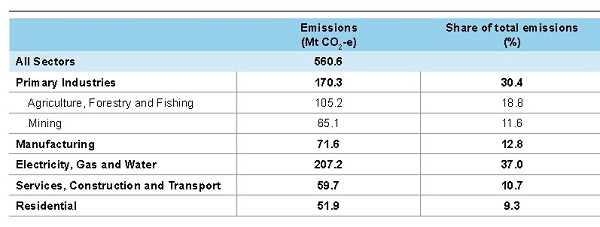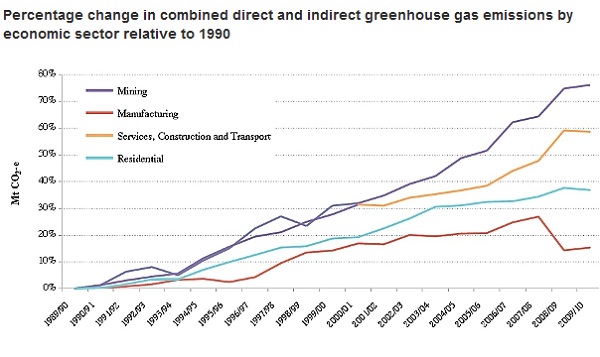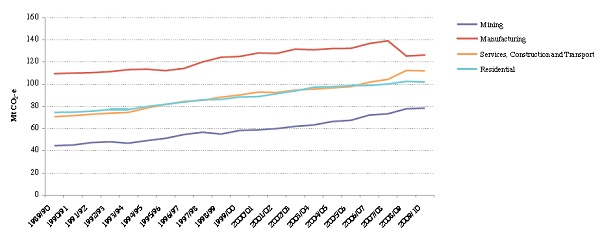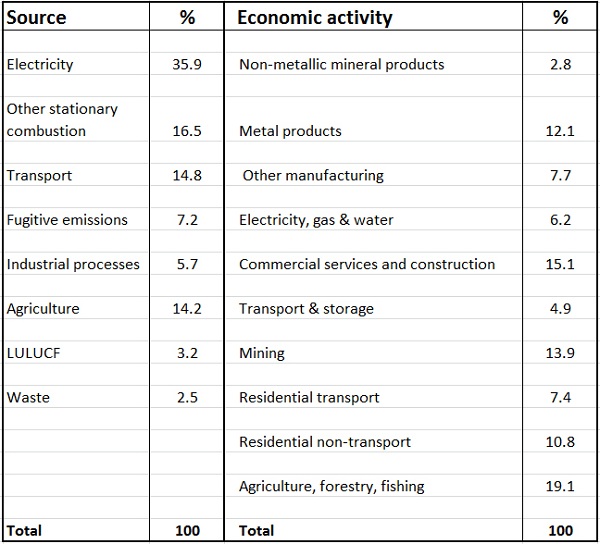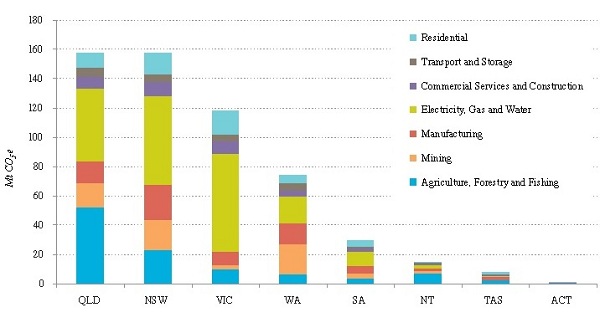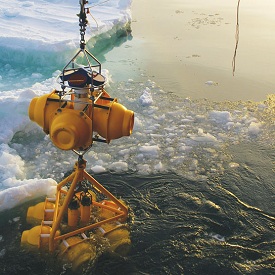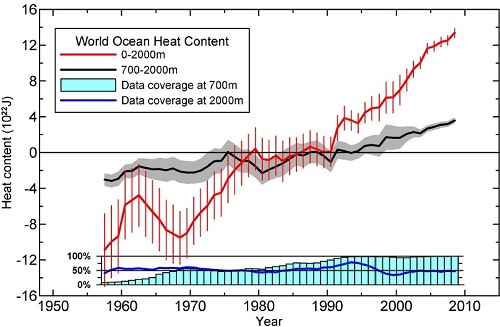Civil society groups were scathing.
George Monbiot describes it as 283 paragraphs of fluff. The outcome document was given the title “The future we want”. You can read it in the first 59 pages of the official report. Go to the official site and look for a link in the top right hand corner or direct to the pdf document.
If you try reading the document you’ll soon get the idea. The verbs are affirm, recognise, acknowledge, stress, underscore, note, commit, strengthen etc, etc. They do this to everyone and everything, importantly the poor and the hungry, but also corporations large and small, small farmers, fisher folk, women, small island states, landlocked states, Africa, the oceans and seas and “Mother Earth”. In fact everything under the sun is included. You may think climate change is important. So it is, it gets three paragraphs (190-192), that’s one more than sustainable tourism (130-131) and mining (227-228). It looks as though every UN meeting, agreement and convention in the last 20 years gets a mention. For example we have the Basel, Rotterdam and Stockholm Conventions of the Strategic Approach to Intensive Chemical Management together with their regional and coordinating centres.
It’s a matter of ticking off and general urging, not actually doing anything. I tell a lie. The conference made three ‘decisions’. The third was to recommend that the UN Secretary General establish a registry of voluntary commitments (283) to record the financial contributions to doing everything mentioned but done by other parties. To explain the first two I’ll have to fill in some background.
Rio+20 got it’s head of power from a resolution of the UN General Assembly but it was an initiative of the Commission on Sustainable Development (CSD) which is one of 10 functional commissions of the UN Economic and Social Council (ECOSOC). ECOSOC is the UN interface point with 19 specialised agencies including the IMF, the World bank, the ILO the WMO and a number of UN agencies. The CSD was spawned by the UN general Assembly in 1992 to implement Agenda 21 arising out of the June 1992 Rio Earth Summit (more correctly, the United Nations Conference on Environment and Development) which also spawned the UN Framework Convention on Climate Change (UNFCCC), which spawned the Kyoto Protocol and holds a Conference of Parties every year, memorably the Copenhagen conference of 2009 and the last in Durban.
For reasons not identified it does appear that the Commission on Sustainable Development has been considered insufficiently effective to the point where it needs to be replaced. So at paragraph 84 we have:
We decide to establish a universal intergovernmental high-level political forum, building on the strengths, experiences, resources and inclusive participation modalities of the Commission on Sustainable development, and subsequently replacing the Commission. The high-level political forum shall follow up on the implementation of sustainable development and should avoid overlap with existing structures, bodies and entities in a cost-effective manner.
But “we” being the official representatives at the conference don’t do anything,
we decide to launch an intergovernmental and open, transparent and inclusive negotiation process under the general Assembly to define the format and organisational aspects of the high-level forum.
The actual work, I gather, is done by the UN bureaucrats answering to the Secretary General, reporting to the General Assembly, with the aim of convening the first forum before the 68th meeting (September 2013).
That was the first decision taken. The second (245-251) was to establish a new set of sustainable development goals building on and carrying forward the Millenium Development Goals due to be achieved (if that’s the word) by 2015. A working group of 30 representatives of member states, drawn from the five UN regional groups will prepare a set of goals for the General Assembly meeting in September next year.
Stephen Lacey’s report at Climate Progress suggests that the high-level forum will also comprise 30 members. This may well be the the new formula to inject a bit of vigour into the process.
The German Advisory Council on Global Change (WBGU) who advise Chancellor Merkel directly issued an interesting press release after the conference, beginning:
The international community is currently incapable of promoting the urgently needed transformation towards a sustainable society with the requisite speed and commitment, says the German Advisory Council on Global Change (WBGU). „We might well be moving towards the end of such mammoth meetings as these. Although they make a lot of noise, the very fact that so many problems are covered means that no single problem is tackled resolutely,“ says WBGU chairman Hans Joachim Schellnhuber. „The future of humanity is too precious to be left to this ongoing game of nation-state Mikado. What we now need are pioneers from all spheres of the world community.“
It’s up to a myriad of actors within the global community. They said:
At the G8, the EU and the USA were negotiating in different directions, and the tensions between newly industrialising and developing countries led to further blockades. The result is an international crisis of leadership and confidence, a “G-Zero World” in which no leading power effectively is taking the initiative and no coalitions capable of taking action are emerging. The EU’s attempt to form a sustainability coalition for a more meaningful final statement also failed.
Also:
The global transformation towards a low-carbon, sustainable society is already taking place, yet international policy-makers are currently showing no visible will to participate. (Emphasis added)
(BTW WBGU stands for Wissenschaftliche Beirat der Bundesregierung Globale Umweltveränderungen. It was set up in 1992 to advise the German Government prior to the 1992 Rio Earth Summit and remains the official advisory body on climate change.)
They said much the same in a policy paper after Copenhagen.
Closer to home at The Conversation Nick Rowley, having worked on the 2005 G8 and Copenhagen, says internationalism in this area is stuffed:
Our global response to climate change and sustainability must now be a process of progressive incrementalism through decisions made by national, state and local governments, investors, businesses and individuals.
In his second piece Rowley says pretty much the same again, pointing out that most of the heavy hitters amongst the PMs didn’t bother to stop off in Rio on their way home from the Mexico G20 meeting.
Ruben Zondervan and Steinar Andresen are more specific about what needs to be done other than peak talk-fests. Upgrading the United Nations Environment Program (UNEP) to a specialised UN agency like the FAO was actually proposed, and favoured also by WBGU, but it didn’t get up although the final document does call on the UN General Assembly to strengthen its membership, funding and role.
The WBGU press release commented favourably on the supporting program, which “showed that the transformation towards sustainability is already in full swing”. The conference site registered over 500 on-site side events over 10 days. In Rio+20 in numbers they suggest there were thousands if you count those off-site as well. In a sense the official summit was a side-show.
Problem is, in the official summit you can go backwards. In an earlier piece George Monbiot tells us what Barack Obama’s mob were up to:
The word “equitable”, the US insists, must be cleansed from the text. So must any mention of the right to food, water, health, the rule of law, gender equality and women’s empowerment. So must a clear target of preventing two degrees of global warming. So must a commitment to change “unsustainable consumption and production patterns”, and to decouple economic growth from the use of natural resources.
Most significantly, the US delegation demands the removal of many of the foundations agreed by a Republican president in Rio in 1992. In particular, it has set out to purge all mention of the core principle of that Earth summit: common but differentiated responsibilities. This means that while all countries should strive to protect the world’s resources, those with the most money and who have done the most damage should play a greater part.
I haven’t checked every one, but my impression is that most of those suggestions failed. Definitely “common but differentiated responsibilities” survived.
After the weekend Monbiot really ripped in calling the conference the greatest failure of collective leadership since the first world war. Governments concentrate their efforts on defending the machine – consumer capitalism – that is destroying the living Earth.
Was it too much to have asked of the world’s governments, which performed such miracles in developing stealth bombers and drone warfare, global markets and trillion-dollar bailouts, that they might spend a tenth of the energy and resources they devoted to these projects on defending our living planet? It seems, sadly, that it was.
Our PM attended, but she can’t save the world on her own. Our Environment Minister stayed home. He wasn’t granted a pair by HM Opposition. Domestic political games trumps saving the planet every time!


 One of the most contested graphs in climate science has been the
One of the most contested graphs in climate science has been the 